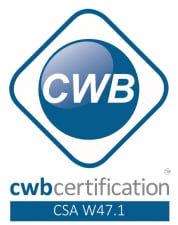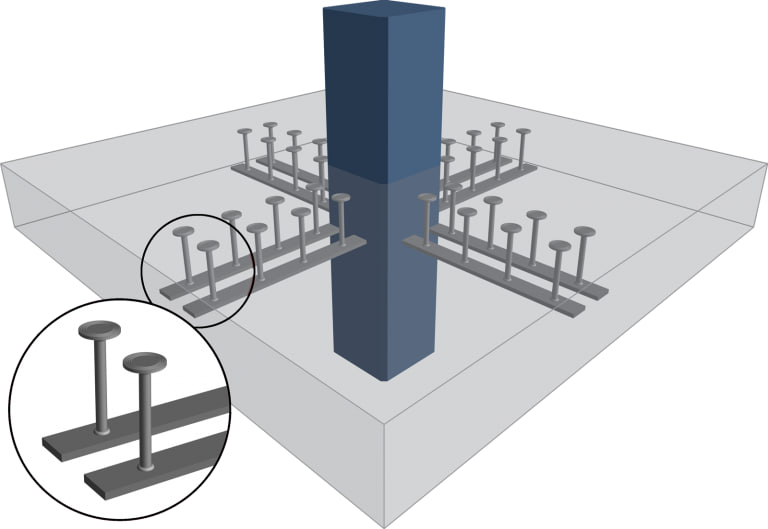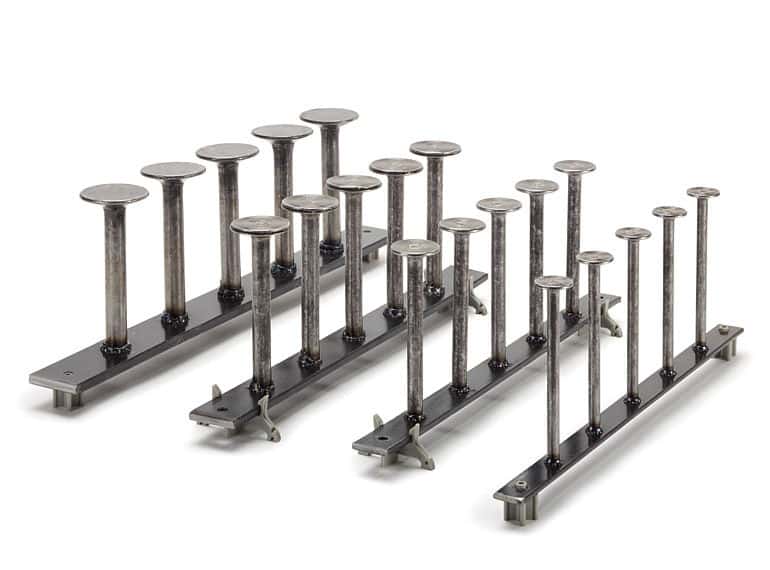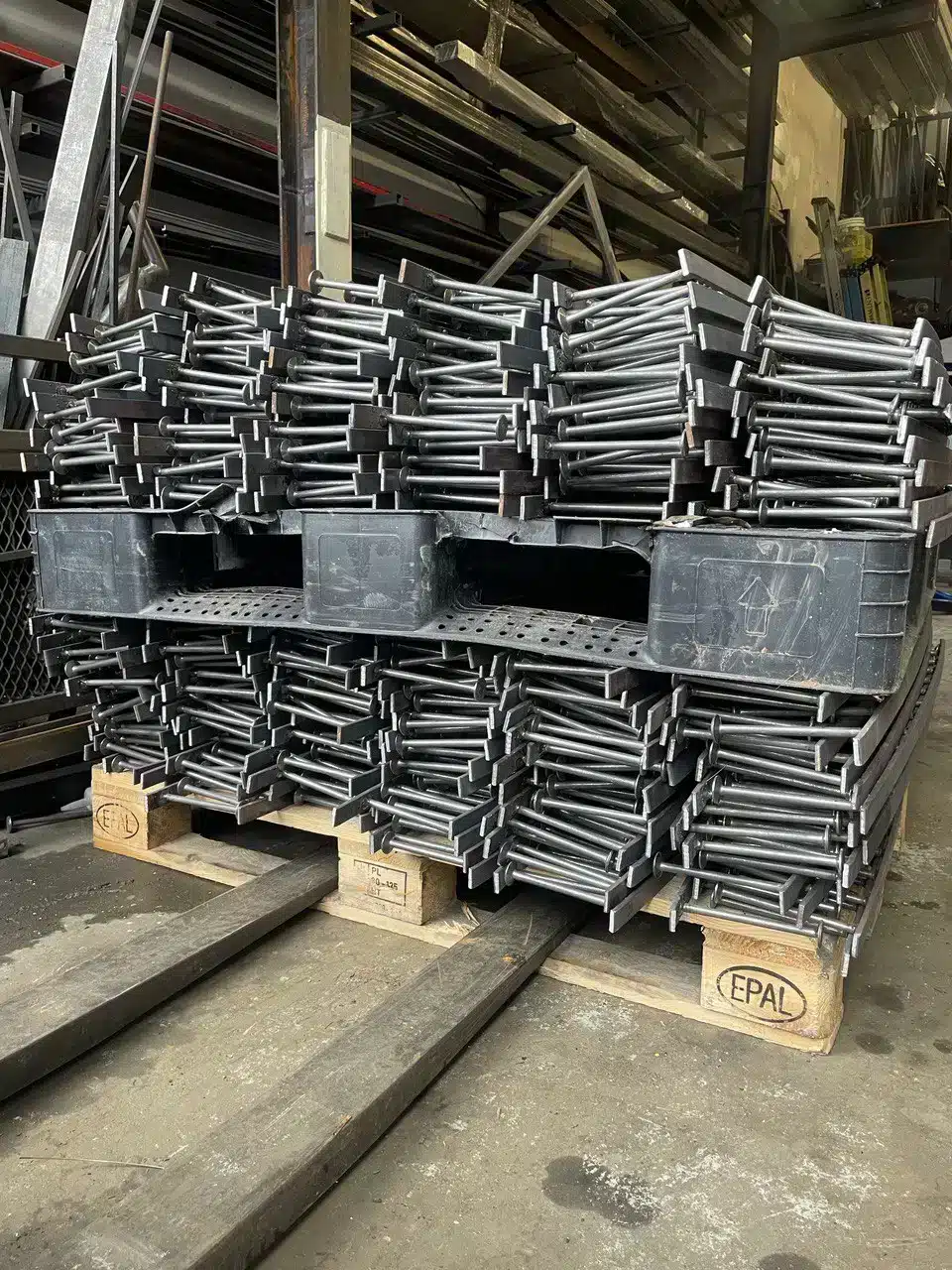If you would like us to contact you as soon as possible, please fill out the form below.

T&F Iron Works is proud to be CWB certified. Our team always provides high quality, industry standard work to our clients. You can rest assured our team is well trained to handle your job. The Canadian Welding Bureau (CWB) is a non-profit national, industry-supported organization that provides certifications in welding practices. Working with a CWB certified company helps ensure that the work will be done right and good quality.

We provide stud rails in various sizes and custom configurations, which helps meet your project’s needs. Our team consists of skilled estimators who can provide an accurate and detailed quantitative take-off that meets your project demands.
With our experience and knowledge, we provide value engineering ideas and solutions. We guarantee quality and consistency in the manufacturing process. The stud rails tests are performed by independent, certified third-party labs, which provide us with full test results and documentation. We also consider your budget needs and our services are cost-efficient.
Keep in mind your budget needs, and our services are also cost-efficient.


Stud Rail is a double-headed stud anchor (DSA) reinforcement system typically used for concrete deck-to-column connections. The system is designed to transfer the load further into the concrete deck, create a larger shear area around the column, and resist punching shear forces. Stud rails should be placed at least 2″ (50mm) from any free edge. Intermediate stud rails should be spaced equally on edges requiring more than two stud rails.
